Life at The Steppes

A stop at The Steppes was once essential for every traveller in Tasmania’s Central Highlands. On our list of recently digitised materials is a sketchbook of birds and plants by Marjorie (Madge) Wilson, who was the last resident of the house at The Steppes.
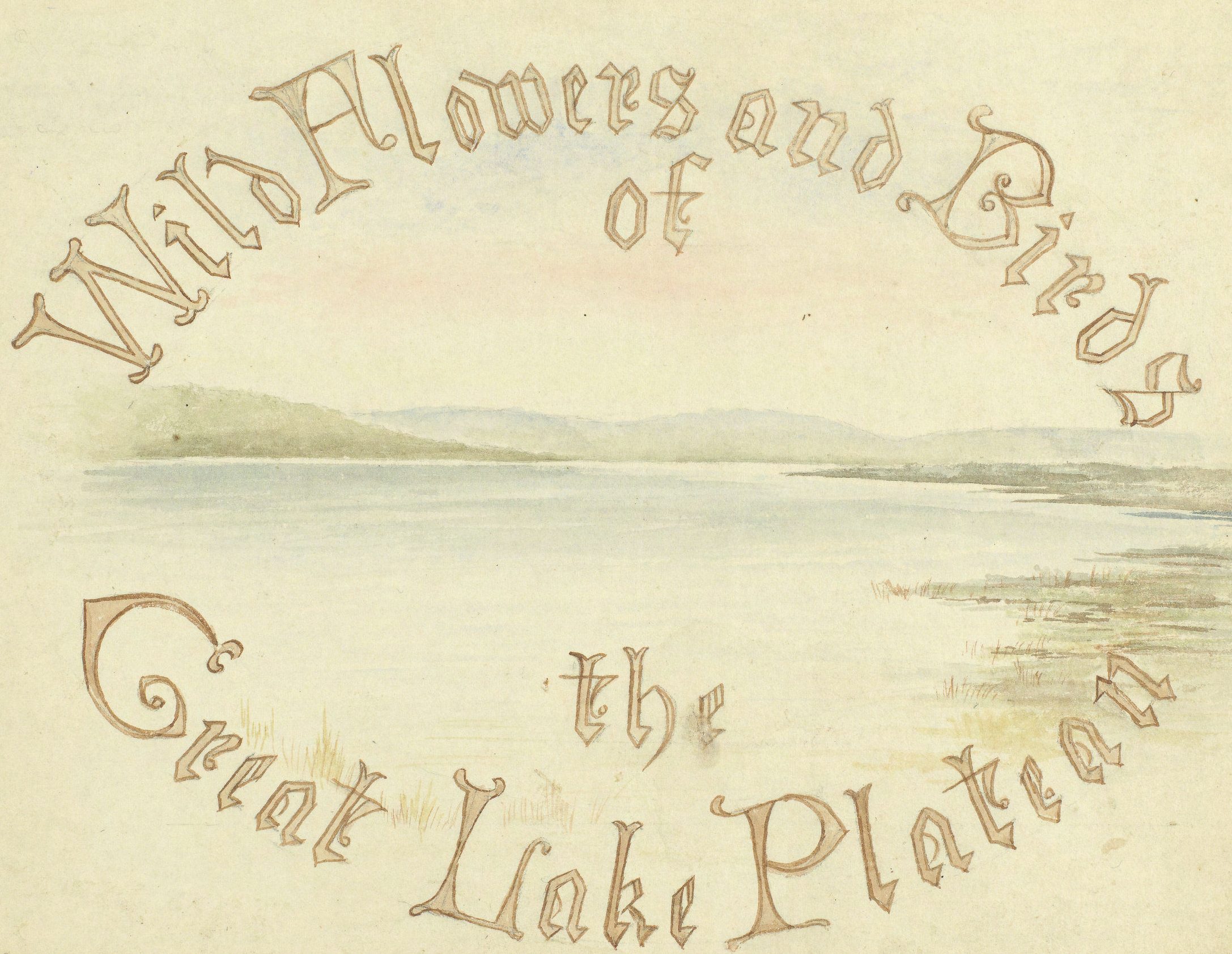
Starting as just a small cabin in the bush, the Wilson family transformed their home into a way-station for travellers and a hub for the highland’s community.
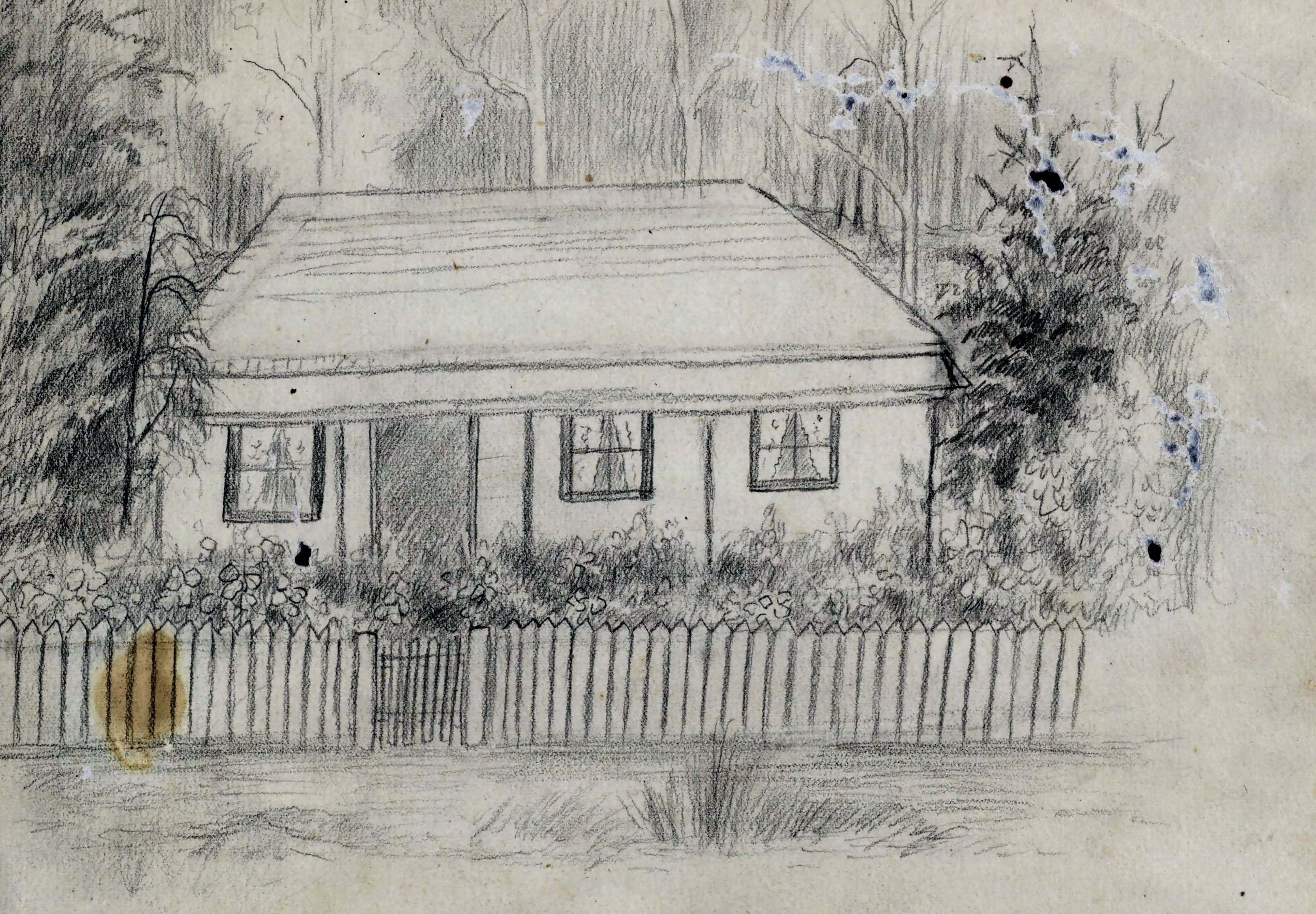
It was around 1863 that farmers began the practice of grazing their flocks and herds in the highlands (to rest the lowland fields through the heat of the summer). With the sheep came bushrangers stealing the sheep, so there was a need to station police in the area. James Wilson became the Superintendent of Police for the region and moved into the new little cottage that was built as a police residence and station. From 1863 to 1975, there was always a Wilson living at The Steppes.
James Wilson married Jessie Moyes in 1874, after a long courtship. She was an inn-keeper’s daughter from Bothwell, and must have known a bit about hospitality. The couple raised five children, William, Archie, Mary, Marion and Madge. The oldest and youngest daughters, Mary and Madge, lived at The Steppes for entire lives.
For his part, James did not limit himself to police work. He has been credited for working to eradicate sheep scab in the flocks of neighbouring farmers. He was also responsible for putting the first trout in the Great Lake, he and his deputies carrying them over 38km in billy cans, on horseback. It was a point of pride that all of the fish survived the journey.
Before the creation of a mail service to the area, James would bring the post up from the lower Shannon river. When the postal service began, it was Jessie Wilson who worked as postmistress, a responsibility that she passed on to her youngest daughter, Madge.
Located at the intersection of the main droving routes. The paddocks of The Steppes were one of a few stages to rest a flock of sheep on the journey up or down the mountains. The house welcomed every traveller on their way to and from the Great Lake, and around the Central Highlands of Tasmania. Over time it hosted everyone from the common drover to various Governors.
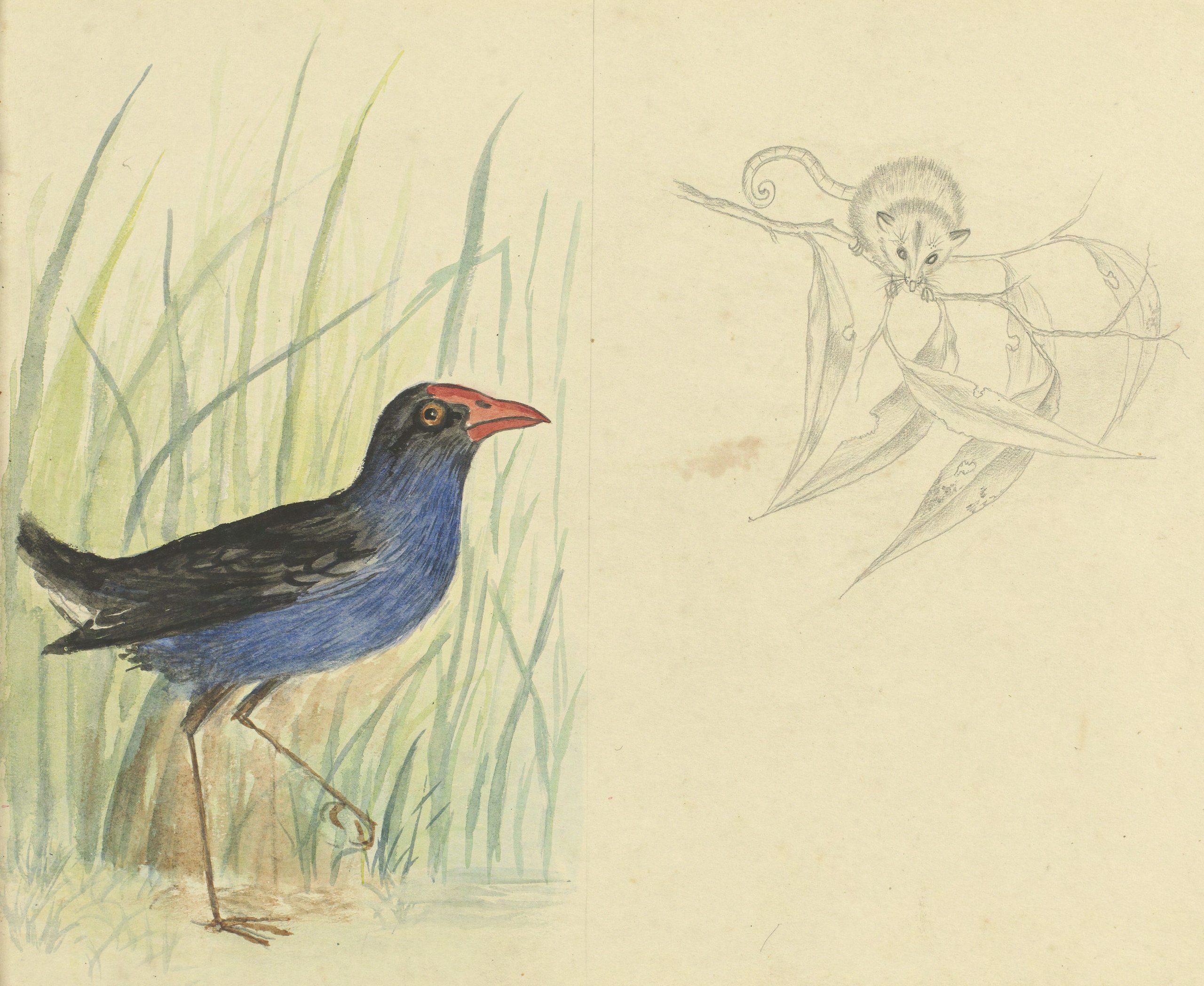
When the police service in the region was made redundant in 1894, the Wilsons stayed on as tenants, and later purchased land of their own in the surrounding area.
The Wilsons loved their mountain home, and expressed their care for the community and the environment in many different ways. They hosted church services in their house before a church was built in the area. Mary Wilson started the first school in the Central Highlands, passing on the education given to her by her mother. The authorities were unaware that Mary was teaching the children of the region ‘for some years’, ‘as a matter of love’, and without payment. That was, until (then State Treasurer, later Prime Minister) Joseph Lyons stumbled across the school on a chance visit to the highlands, in 1911, and made sure that she would be properly paid as a teacher.
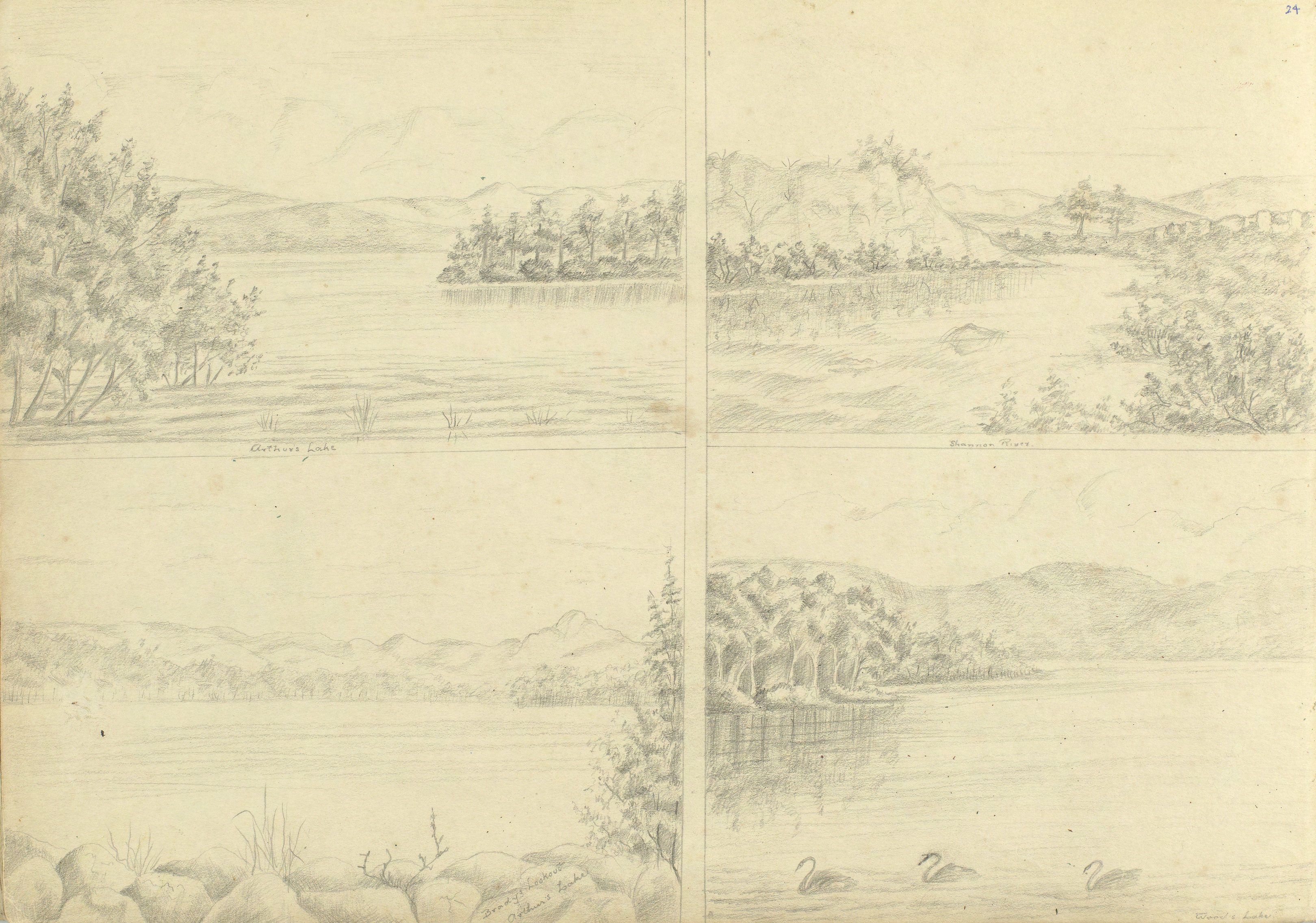
Page 24, Wild flowers and birds of the Great Lake Plateau / M.G. Wilson. TAHO.
James, and later Madge Wilson worked as volunteers for the Bureau of Meteorology, taking weather observations. Madge kept up her daily records of the rainfall and conditions for 53 years, up until her death. Together with their observations, letters from the Wilsons about extreme weather at the Steppes frequently made their way into the newspapers. Archie Wilson wrote about an icicle the size and shape of a 4 foot snake. During a particularly harsh winter, the ‘correspondent at The Steppes’ stated that ‘the hardships endured by residents of the plateau are such as those living in the more favoured lowlands are never called upon to suffer.‘
Jessie Wilson was a particular lover of birds, and her daughters promoted the land in the area as a wildlife sanctuary. The Steppes became an official wildlife sanctuary in 1930, on the application of Mary Wilson. This was later expanded to include the land owned by the younger daughters, Madge and Marion. As a result, the wildlife in the area was reported to have become quite tame and unafraid of humans.
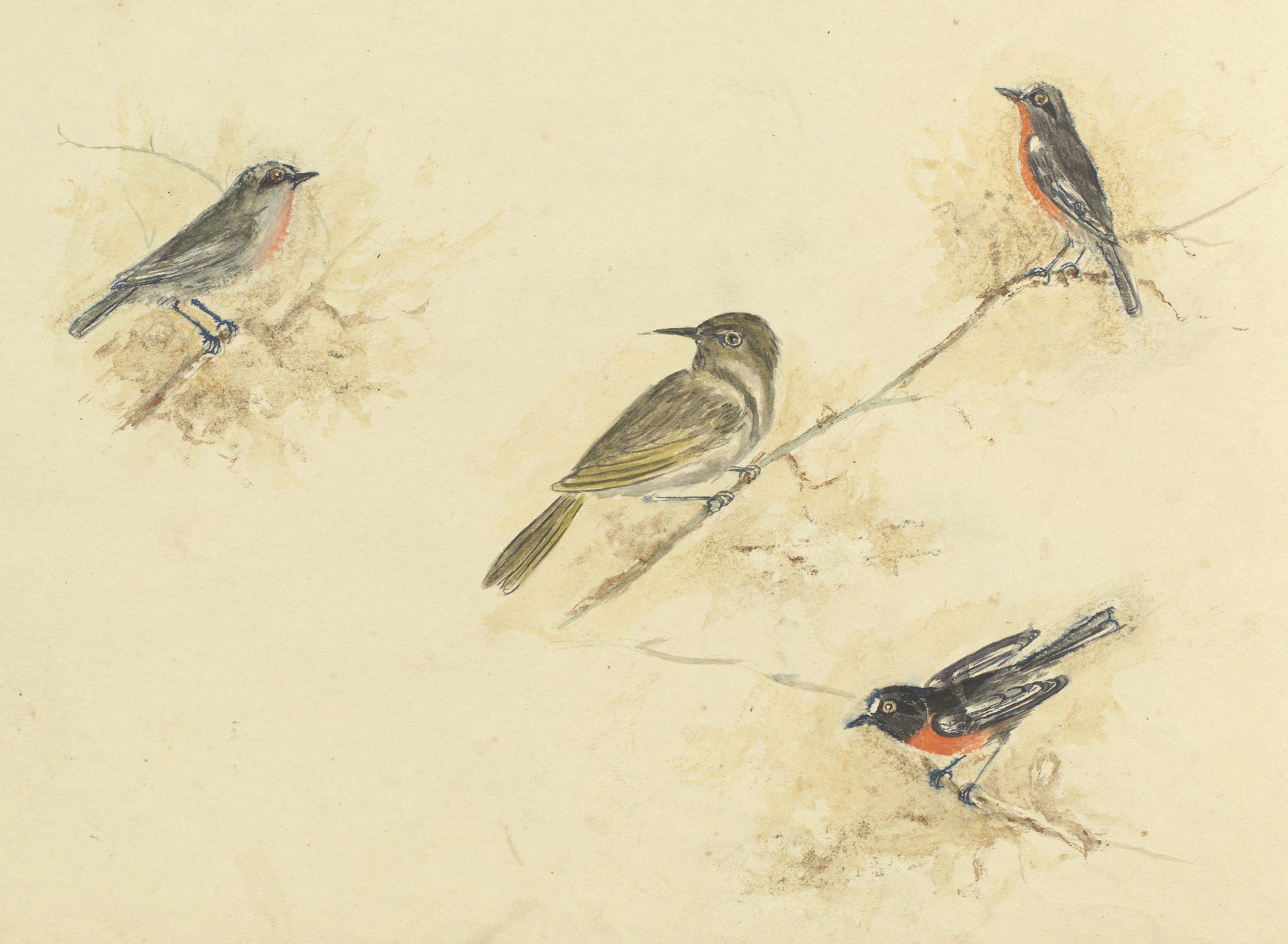
Madge Wilson lived out her days at The Steppes surrounded by the wildlife and native flora, which she drew, painted and carved in wood. Her artistic skills, particularly in wood carving, were well known, and the newspapers reported on several significant commissions she received for carvings.
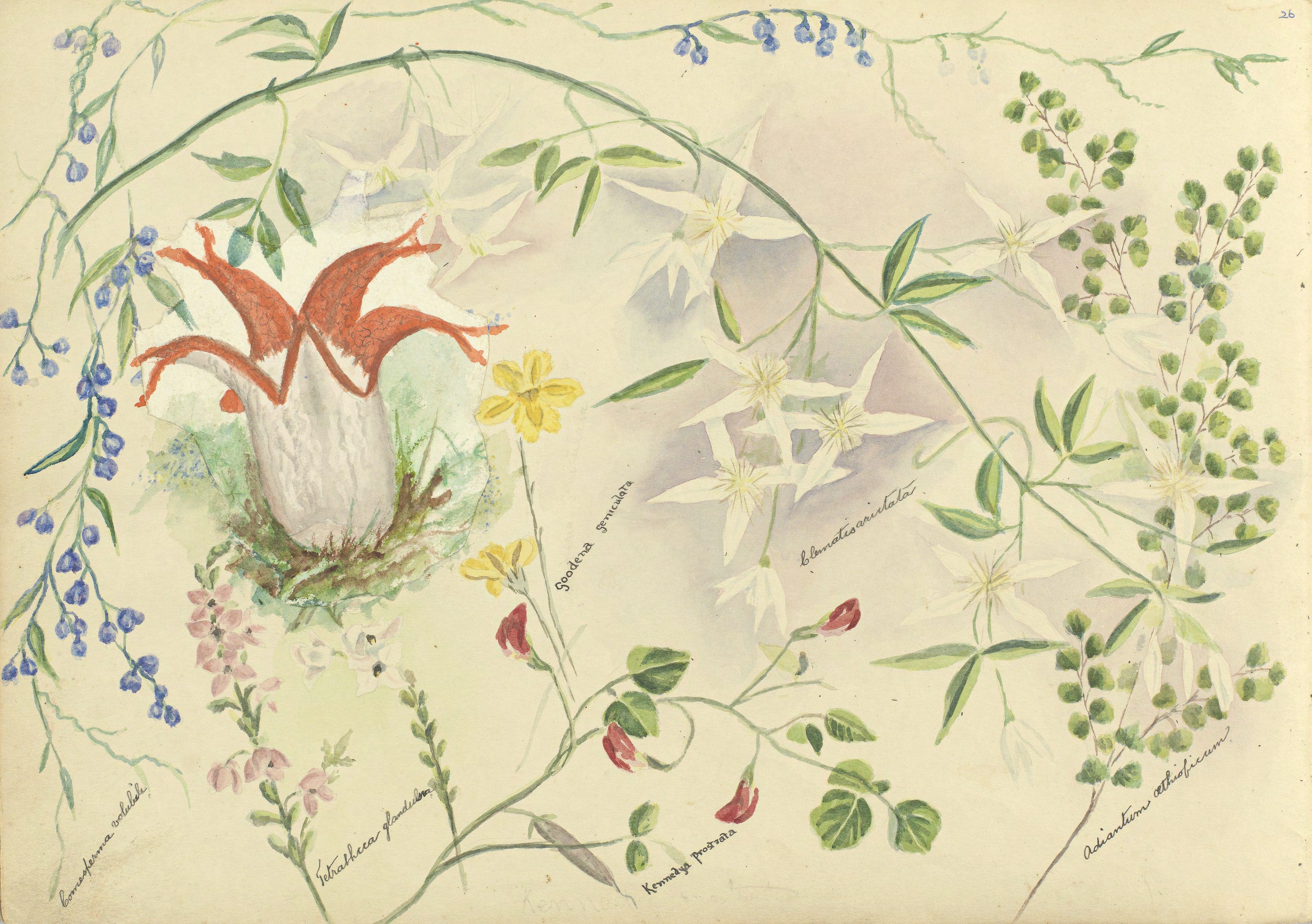
Madge donated this album to the Allport Library and Museum of Fine Arts in 1968. It sits in company with this collection’s extensive range of botanical artworks, the majority by female artists. The drawings reflect her love of nature and the environment she called home. Her birds, while less accurate than some, convey a definite sense of being drawn from life.
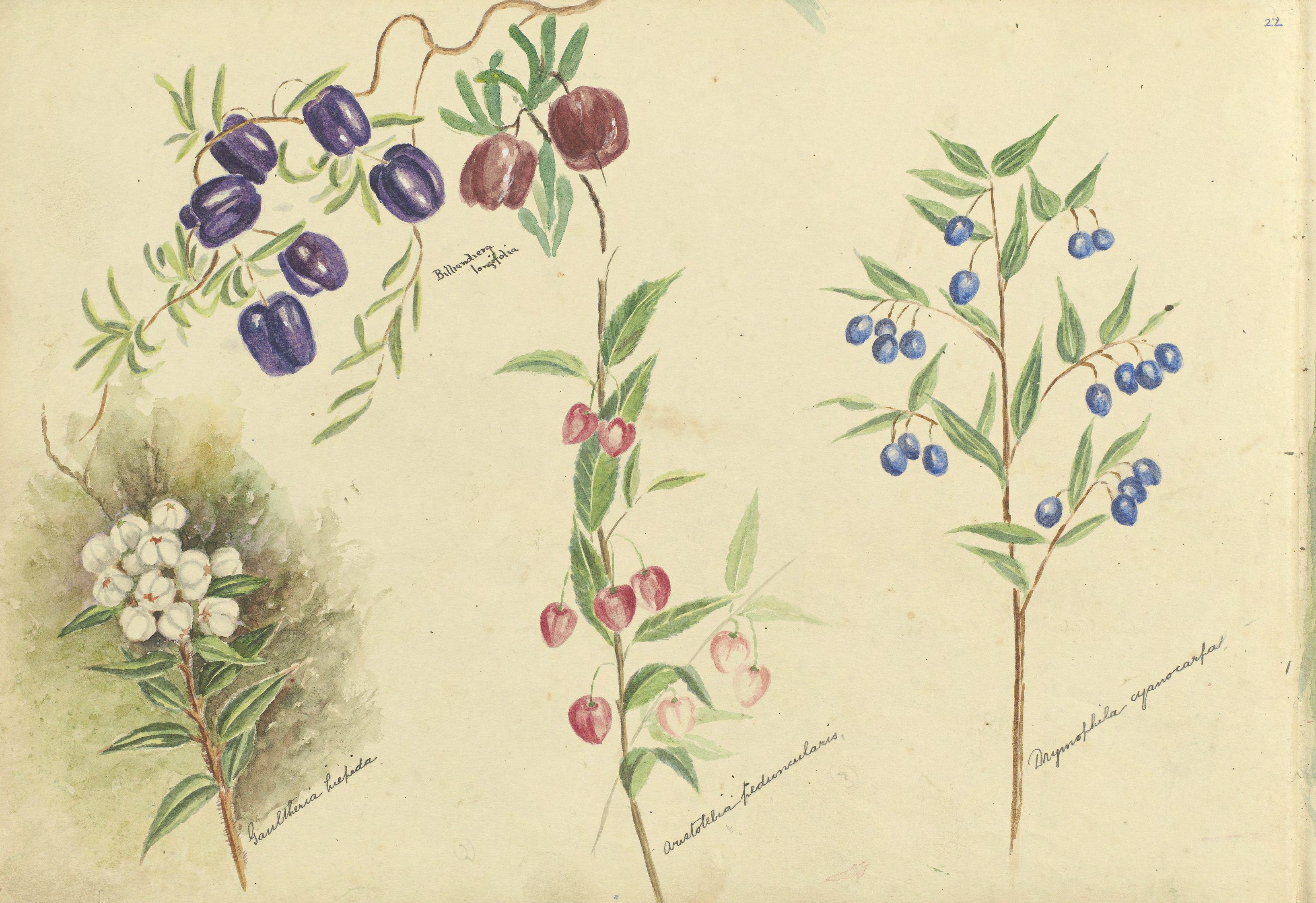
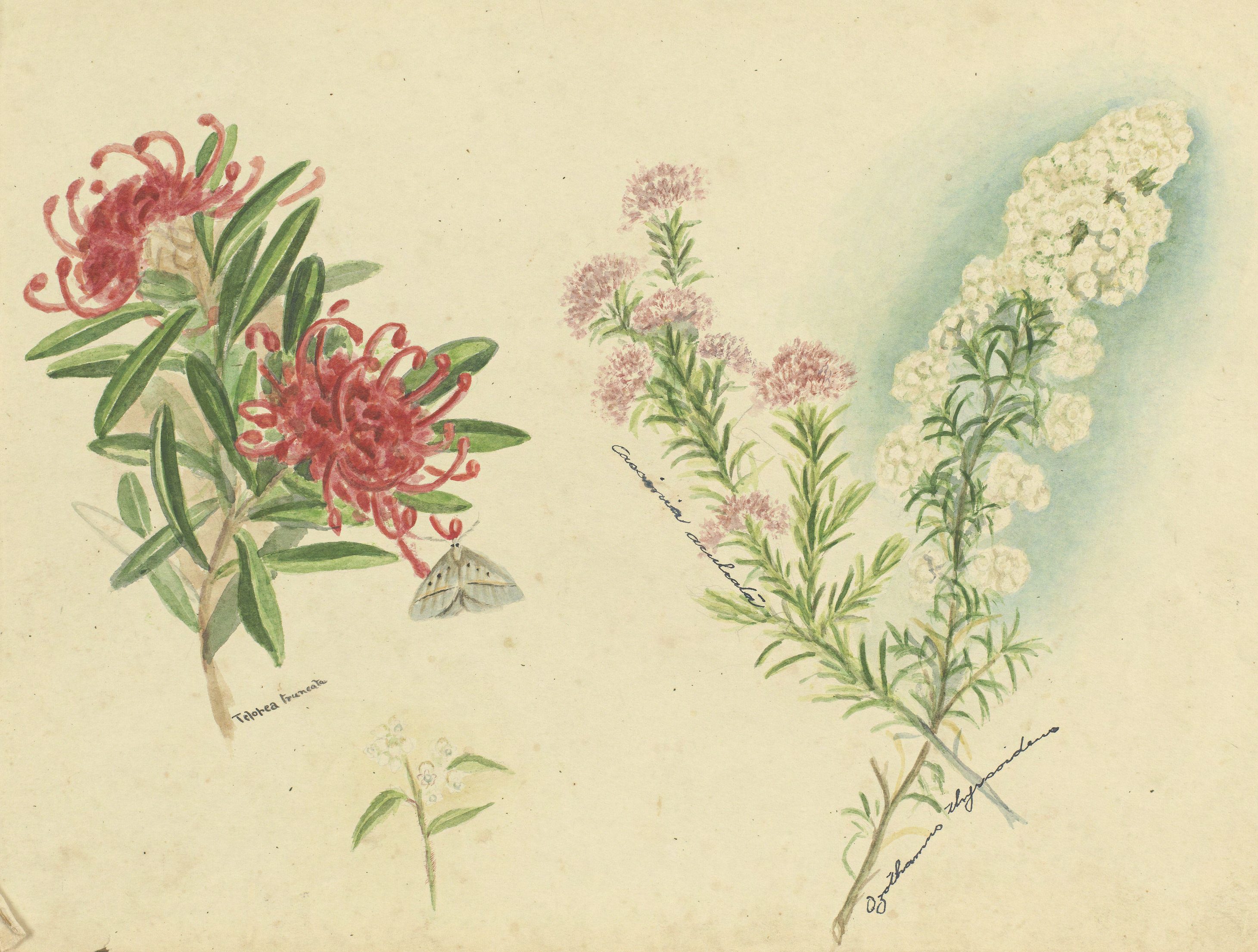
Madge died at the Steppes in 1975 at the age of 92. The Steppes homestead and reserve is now maintained by the Parks and Wildlife service as a historic site.


That is a lovely write up.
Thank you so much.
We stopped in there on our way (via Interlaken) between Oatlands and Devonport.
Just a beautiful spot; homestead, studio and the sculptures and the walk there.